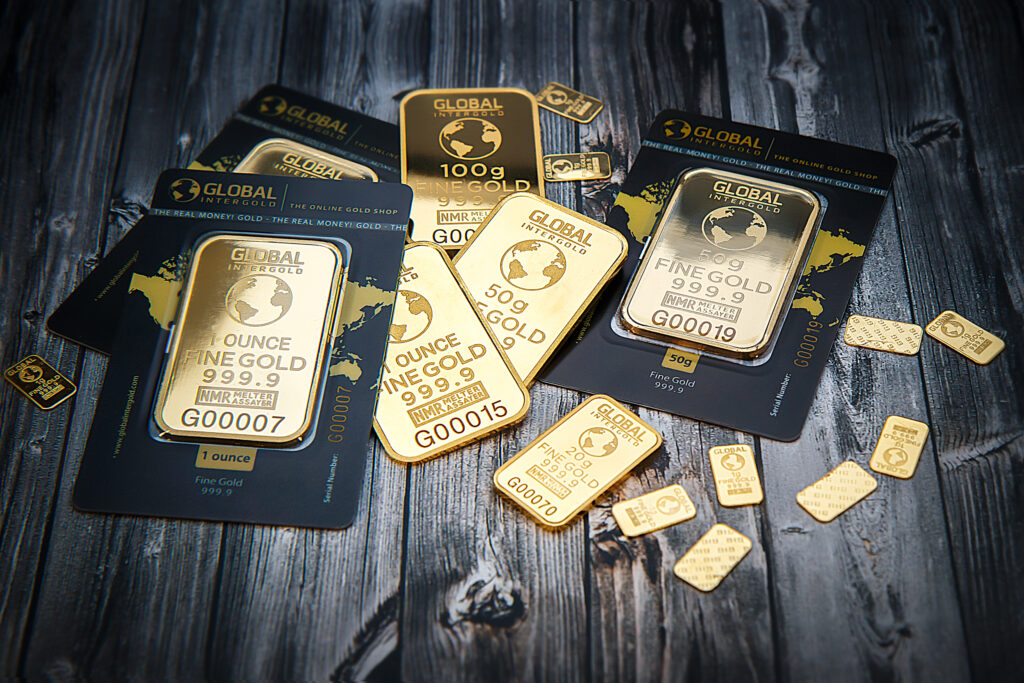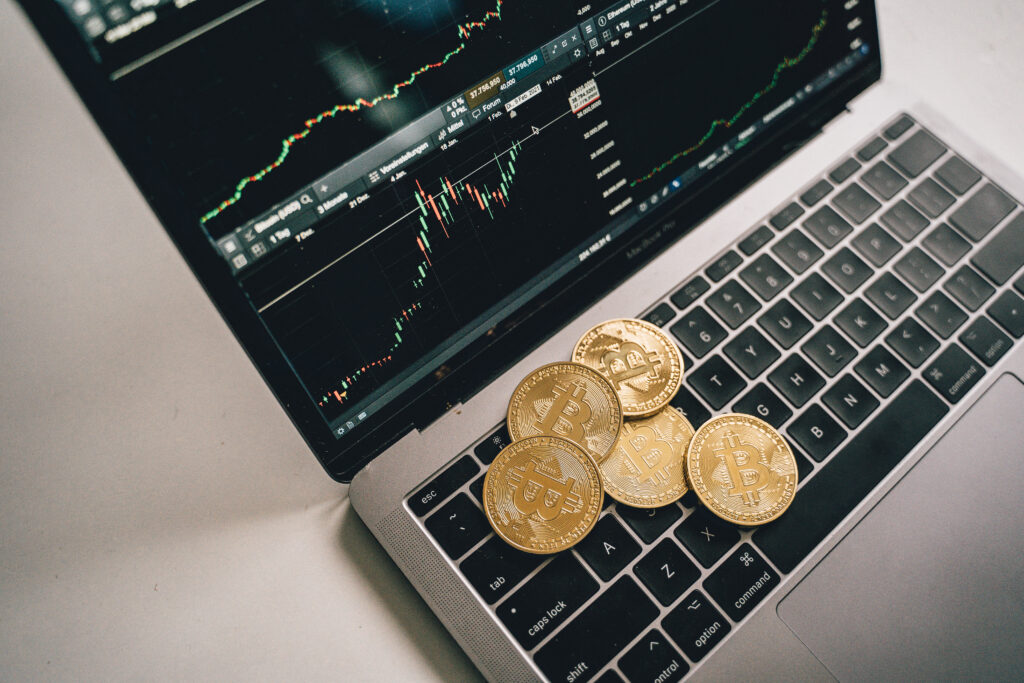Your Complete Guide to Investing in Gold

Gold has always held a certain allure for investors. Its rich history, relative scarcity, and universal appeal have made it a sought-after asset for centuries. But how does one invest in gold, and what are the factors to consider? Let’s break it down.
1. Understanding Gold as an Investment

Investing in gold dates back thousands of years to the civilizations of ancient Egypt and Rome and continues today with millions of investors worldwide. Gold is not merely a shiny metal but a ‘safe-haven’ asset, often seen as a protector of wealth during tumultuous times. Gold prices tend to rise when confidence in traditional markets and currencies falls. This happens because gold retains its value better than other assets during market instability. It’s an effective hedge against inflation and a store of value. However, gold is not immune to price fluctuations. Like any investment, the price of gold can go down, making it a somewhat volatile asset.
2. Different Ways to Invest in Gold

Investing in gold isn’t confined to physically owning the metal. There are diverse ways to gain exposure to the gold market:
Physical Gold: Gold coins, bars, or bullion are the oldest and most direct form of investing in gold. This method gives you outright ownership and control over your gold. However, you must consider storage, security, and insurance, which can add to the overall cost.
Gold Exchange-Traded Funds (ETFs): A more modern approach to investing in gold involves buying shares of gold ETFs. These shares track the price of gold, allowing you to invest without physically owning the metal. Each share of a gold ETF represents a certain amount, typically one-tenth of an ounce.
Gold Mining Stocks: Rather than investing directly in gold, you can invest in the companies that mine the gold. This offers a leveraged way to gain exposure to gold prices, as mining stocks can outperform during gold price rallies. However, they also introduce additional risks, such as operational difficulties, regulatory issues, and environmental concerns.
Gold Mutual Funds and Gold Index Funds: These investment vehicles pool money from many investors to invest in a diversified portfolio of gold mining stocks, ETFs, and other gold-related assets. This offers diversification within the gold sector and can provide a balance of risk and return.
Gold Futures and Options: These are financial contracts that give the investor the right but not the obligation to buy or sell gold at a predetermined price at a specific future date. They’re complex and speculative investments best suited for experienced investors.
3. Factors to Consider when Investing in Gold

A successful gold investment strategy considers several factors:
Risk Tolerance and Time Horizon: Your comfort with risk and investment time frame are crucial factors. Physical gold may be the better option if you’re looking for long-term wealth preservation. Gold stocks or futures might be more suitable for those comfortable with a higher risk in pursuit of higher short-term returns.
Market Timing: Gold prices can fluctuate based on a multitude of factors. These include geopolitical tensions, inflation, interest rates, and the value of the US dollar. While timing the gold market perfectly is not feasible, understanding these influences can help you make informed decisions.
Diversification: While gold can act as a hedge against stock market volatility and inflation, it should not constitute your entire portfolio. A well-diversified portfolio includes a mix of asset types to spread risk.
Storage and Insurance: Physical gold requires storage and insurance, adding to the cost. In contrast, gold ETFs or stocks are ‘paper gold,’ removing the need for storage or insurance.
4. How to Buy Gold

Physical Gold: Purchasing physical gold is straightforward. You can buy from a reputable gold dealer or an online gold retailer. Always check the purity of gold, usually noted in karats or as a decimal figure (.995 or better is good for investment).
Gold ETFs and Gold Stocks: These can be bought through a standard brokerage account. Be aware of the trading fees and research the reliability of the ETF or stock before investing.
Gold Mutual Funds and Index Funds: These funds can be purchased through a brokerage account or directly from the fund company. It’s important to consider the fund’s expense ratio and ensure its investment strategy aligns with your objectives.
Gold Futures and Options: Trading in these requires a commodities exchange account and a thorough market understanding. Due to their complexity and risk, professional advice is recommended.
5. The Bottom Line

Gold provides a protective layer against inflation and market volatility. However, it also presents its risks and challenges. Whether you invest in physical gold, gold ETFs, gold mining stocks, or a combination, you need a balanced and diversified approach. Remember, it’s crucial to consider your financial goals, risk tolerance, and investment horizon before making investment decisions. You’ll also always want to conduct thorough research or seek professional advice when in doubt.



